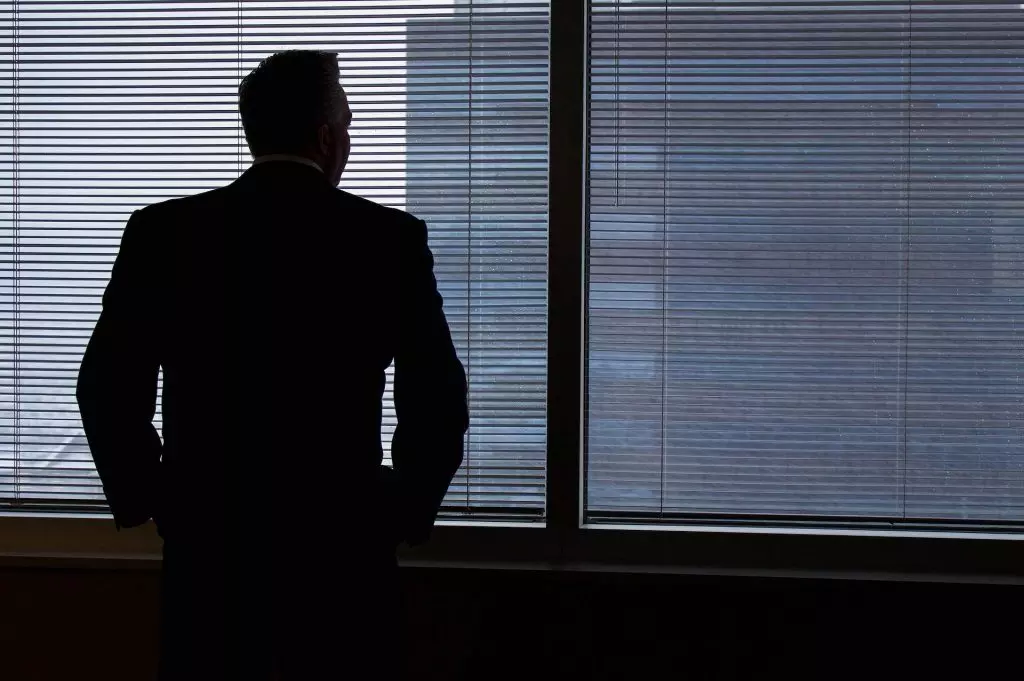Comments
- No comments found

As the world races towards a sustainable energy future, the role of energy storage has gained paramount importance.
Start-ups are at the forefront of developing innovative energy storage solutions, but securing the necessary funding can be a challenging endeavor. Enter crowdfunding—an evolving avenue that is democratizing investment and enabling individuals to support and shape the energy revolution. In this article, we explore how crowdfunding is playing a pivotal role in fueling the growth of energy storage start-ups.
Crowdfunding is breaking down traditional barriers to entry in the investment landscape. It empowers individuals of all backgrounds to become stakeholders in the future of energy storage, allowing them to support projects they believe in while diversifying their investment portfolios.

Energy storage start-ups often face difficulties in accessing early-stage funding from traditional sources. Crowdfunding offers an alternative means of raising capital quickly, enabling these innovators to advance their technologies, conduct research, and bring their products to market faster.
Crowdfunding is more than just a financial transaction; it fosters a sense of community and engagement. Backers become advocates, spreading the word about the start-up's mission and products. This grassroots support can amplify the start-up's reach and impact.
A successful crowdfunding campaign can serve as a valuable litmus test for market demand. It provides concrete evidence that there is a genuine interest in the start-up's energy storage solutions, which can subsequently attract attention from larger investors and strategic partners.
Crowdfunding campaigns often attract early adopters who are passionate about cutting-edge technologies. This built-in customer base not only provides initial sales but also offers valuable feedback that can shape product development and market positioning.

Energy storage technologies require significant research and development investments. Crowdfunding can serve as a bridge between seed funding and larger venture capital rounds, helping start-ups move closer to commercial viability without sacrificing ownership or control.
Energy storage is a sector influenced by regulatory policies and incentives. Crowdfunding can help start-ups garner public support and generate awareness around the need for policy changes that favor renewable energy and energy storage adoption.
Crowdfunding is revolutionizing the way energy storage start-ups access capital, engage with their supporters, and navigate the challenging landscape of clean energy innovation. By democratizing investment opportunities, accelerating innovation, and fostering a sense of community, crowdfunding is nurturing a new generation of energy storage solutions that have the potential to reshape the global energy landscape. As backers become active participants in driving change, energy storage start-ups are harnessing the power of collective support to accelerate the transition to a more sustainable and resilient energy future.
David Hunt is a prominent figure and thought leader in the clean energy sector. Hailed as a leading green entrepreneur by the Financial Times, David also presents at industry events such as EcoSummit, Energy Storage Europe and Fully Charged Live. David is a frequent contributor to trade publications such as Energy Storage News, Solar Power Portal, PV Tech, Clean Energy News and Smart Cities World. His industry insights have been quoted in UK broadsheet newspapers such as The Guardian, The Independent, The Telegraph and the Sunday Times. Being well versed in business and economics, he has also lent his voice to the likes of BBC Radio Four and ITV’s 6 O’clock news. A cleantech expert and industry insider, David specialises in the clean energy and eMobility sectors. His drive to accelerate these growing markets led him to set up Hyperion Executive Search Ltd, a talent acquisition company specialising in the clean energy space that incisively places talent where it’s needed. Hyperion has been helping businesses grow and succeed since 2014 and recently expanded its operations in Europe with a new office in Munich. David’s headhunting team now operates across EMEA and the US. Before this, David co-founded an award-winning multi-technology renewable energy installation business, sat as a policy board member with the UK Renewable Energy Association, and was a member of PRASEG (Parliamentary Renewable and Sustainable Energy Group). The ‘This week in cleantech’ podcast is a platform for David and invited experts to share and review the biggest, and most interesting news stories in the cleantech sector each week, providing expert opinion, analysis and insight. It is anticipated that the podcast will be a catalyst for the further growth and development of the cleantech revolution.
Leave your comments
Post comment as a guest